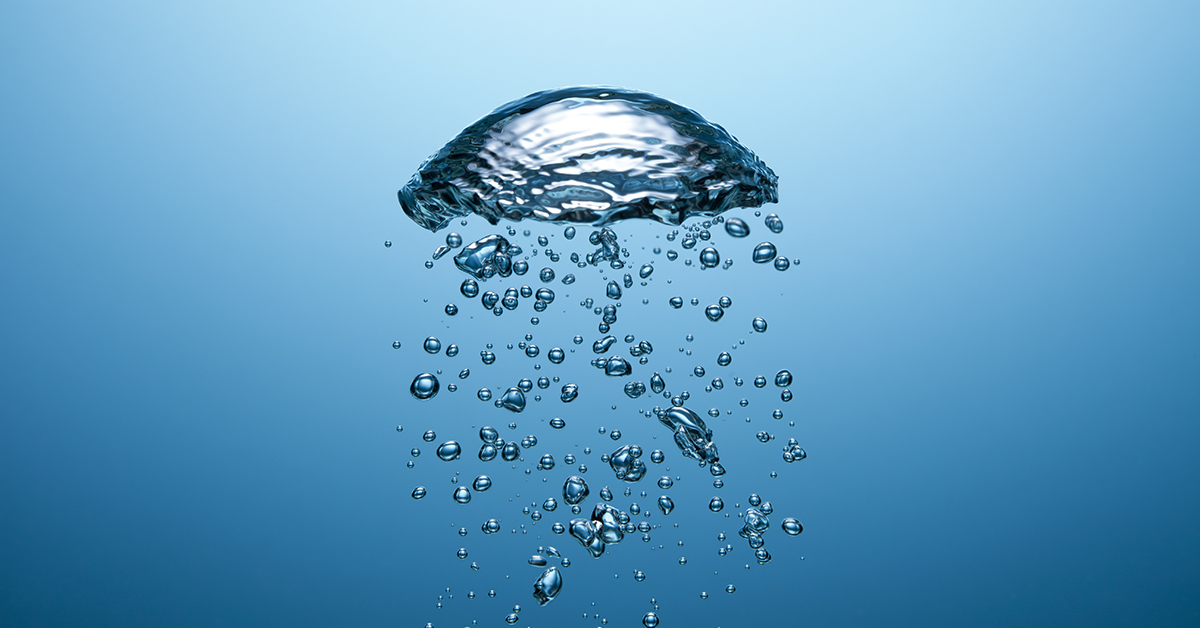Introduction
Sustainable water resource management refers to integrating social, economic, and environmental considerations to promote long-term water availability and quality for drinking, agriculture, industry, and ecosystems.
Sustainable water resource management practices are vital because they improve socio-economic development and environmental conservation while preserving a finite and irreplaceable resource. In addition, these practices preserve biodiversity, reduce water shortages, promote sustainable business processes, and maintain healthy communities.
The current global water crisis affects billions of people due to the overuse of fresh water, pollution, lack of infrastructure, and changing weather patterns. These factors threaten both water quantity and the level of quality needed for consumption and agriculture.
Key Components of Sustainable Water Management
Water Efficiency and Conservation
Water efficiency can be optimized, particularly in industrial operations, through implementing water-recycling systems, addressing inefficiencies in equipment and upgrading it, and promoting water-saving behaviors in employees.
Anyone can practice sustainable water usage through the utilization of water-saving fixtures in their home or business. Water reclamation through rainwater harvesting or gray water can also make a difference in your home and your community.
Pollution Prevention
When it comes to water pollution, water quality can be jeopardized in two ways:
- Point source pollution is traced back to a single source such as discharge pipes, drainage ditches, or smokestacks. To prevent pollution from these sources, the National Pollutant Discharge Elimination System (NPDES) was established through the Clean Water Act. It gives the EPA control of regulating who receives a permit to discharge waste into bodies of water.
- Non-point source pollutants contaminate a wider area often through rainfall or urban runoff. Runoff can carry oil, pet waste, pesticides, fertilizer, road salt, bacteria, sediment, and other contaminants caused by nature or human activities. Individuals can prevent this type of pollution by maintaining septic tanks, reducing nutrient runoff from fields, and picking up pet waste, for example.
Community and Corporate Initiatives
Government Regulations and Policies
The main federal law that ensures the quality of drinking water for all Americans is the Safe Drinking Water Act (SDWA). Through this law, the EPA sets the standards for drinking water and regulates contaminants such as arsenic, lead, and microbials.
Locally, the standards and regulations for public drinking water are set by the EPA and enforced by non-profit entities managed by local or state governments.
Individual Responsibility
Businesses can positively and collectively impact water resources through implementing water conservation practices. Such practices include installing water-efficient fixtures, optimizing landscaping practices, or embracing water-saving technologies. Water audits, wherein businesses assess their water consumption patterns, can help set realistic goals towards sustainability by prioritizing certain efforts.
Both businesses and households can also reduce their water footprint, which is a measure of the amount of fresh water utilized in the production or supply of goods and services. Water utilization can be reduced through water-saving appliances, using biodegradable cleaners for cleaning, and using less water for gardening and other outdoor activities.
Impact of Climate Change on Water Resources
Precipitation patterns are also changing due to the climate change impacts, depending on the location. For example, the western region of the US could face stressed water resources due to less rainfall and increased length of drought. Conversely, the Northeast and Midwest regions may face increased rainfall resulting in overwhelmed water infrastructure and water treatment plants. Heavy rainfall also leads to increased water runoff which can bring more pollutants and other materials to water supplies.
Other major impacts of climate change on water resources are occurring due to rising temperatures and heightened levels of evaporation. Higher temperatures and increased levels of evaporation result in increased demand for water along with extended periods of drought.
Conclusion
Sustainable water resource management aims to balance competing interests, promote resilience, and ensure sustainability of water availability and quality for future generations.
Learn more about how our Water Resource Management and Environmental Planning Services can help you achieve your sustainability goals.

